- Home
- >
- Exhibition
- >
- Past Exhibition
- >
- Edo-Tokyo Museum Collection ~ Edo-Tokyo Urban Development ~
Edo-Tokyo Museum Collection ~ Edo-Tokyo Urban Development ~
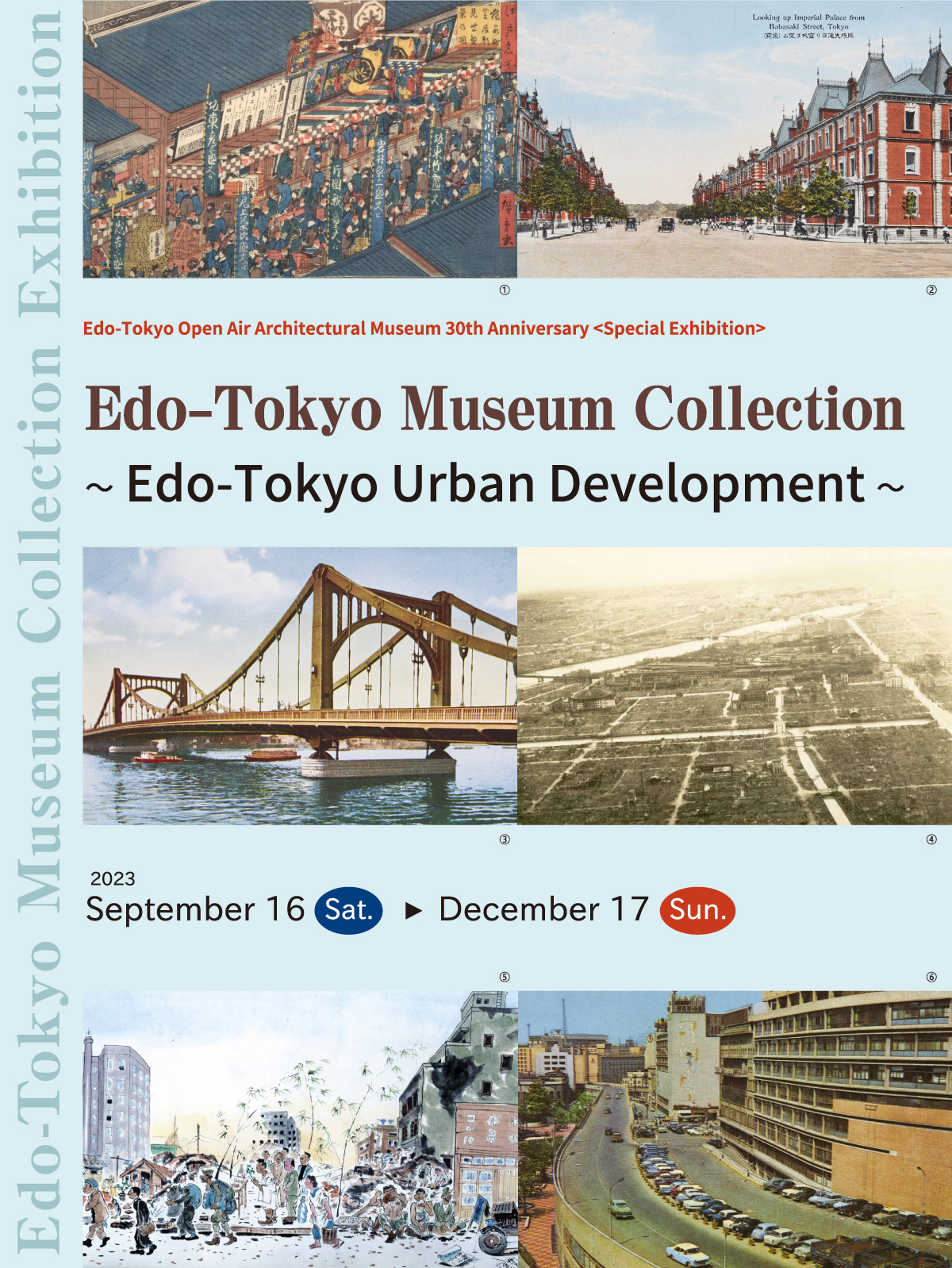
- ■ Exhibition Period:
- September 16 (Sat.) to December 17 (Sun.), 2023
- ■ Venue:
- Edo-Tokyo Open Air Architectural Museum Exhibition Room 〈Getting here〉
- ■ Museum Hours:
- Until September 30 (Sat.) - 9:30 AM to 5:30 PM (Admission until 5:00 PM)
- From October 1 (Sun.) - 9:30 AM to 4:30 PM (Admission until 4:00 PM)
- ■ Museum Closures:
- Every Monday (When Monday is a national holiday, closed on the following day)
- ■ Organizers:
- Tokyo Metropolitan Government, Tokyo Metropolitan Foundation for History and Culture Edo-Tokyo Open Air Architectural Museum
- ■ Admission fee:
- Admission fee required to view.〈Admission Fee〉
Edo-Tokyo Museum Collection ~ Edo-Tokyo Urban Development ~
Since its opening on March 28, 1993, the Tokyo Metropolitan Edo-Tokyo Museum has dedicated itself to presenting the history of Tokyo from the Edo Period (1603–1867) using a wealth of documents, materials, and models. Currently, due to extensive renovation work, the Museum is closed for an extended period. The “Edo-Tokyo Museum Collection ~ Edo-Tokyo Urban Development ~” Special Exhibition will take documents and models from the museum’s permanent exhibition introducing urban development and rearrange them to showcase the evolution of Tokyo's urban landscape from the Edo Period to the modern era. Tokyo continues to evolve through ongoing scrap-and-build transformations to this day. We hope this serves as an opportunity to reflect on how the present city has developed over the course of the long history since the Edo Period.
Exhibition Overview
Chapter1: Urban Development in Edo
In 1603, Tokugawa Ieyasu, who became the Shogun of the Tokugawa Shogunate, actively promoted the development of Edo to establish a city befitting the capital's location for the Shogunate. Shortly after development had finally settled down, in 1657, the Great Fire of Meireki swept through and destroyed over half of the city. In response, the Shogunate relocated daimyo residences, temples, and shrines from the city center to the outskirts to reduce crowding, and also implemented measures such as firebreak zones and improvements in firefighting systems. As the population continued to grow and urban areas expanded, by the 18th century, Edo had developed into one of the world's largest cities and matured into a center of politics and culture. Here, we provide an insight into the city's transformation during the Edo Period, spanning over 260 years from its inception under the Edo Shogunate to its subsequent flourishing.
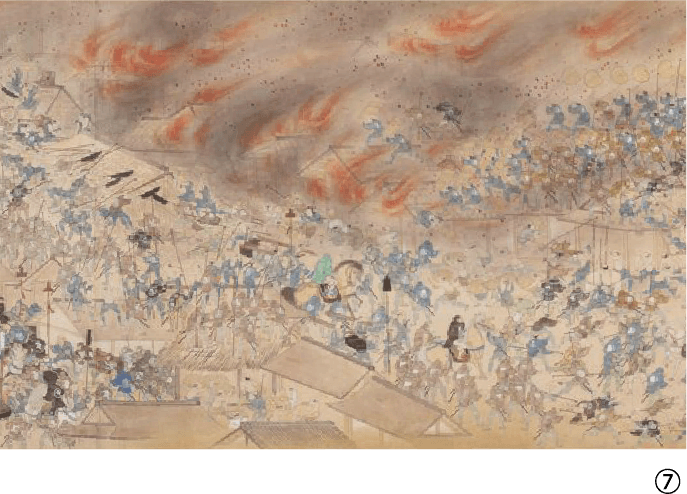
Chapter2: The Development of Tokyo
Edo, the grand castle city of the realm, flourished as a colossal metropolis with a population of a million. However, with the downfall of the Tokugawa administration, its prosperity was lost. The extent of deterioration was specially severe in the former samurai districts that constituted 70% of Edo. In these areas that had lost their masters, activities such as encouraging mulberry cultivation and conversion to tea fields were carried out, which contradicted urban development efforts. Under the guidance of the new government, Tokyo experienced rapid growth propelled by the swift adoption of advanced Western technologies, including the construction of railways connecting Yokohama, which had become a major trade port, with Shinbashi. Additionally, repurposing former samurai districts for urban development contributed to this accelerated progress. Here, we showcase the emergence of the city born during the construction of a capital befitting a modern nation.
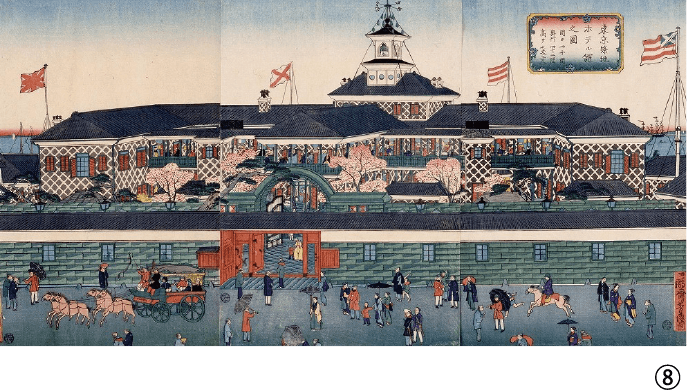
Chapter3: The Great Kanto Earthquake and the Establishment of “Greater Tokyo”
On September 1, 1923, a powerful earthquake with a magnitude of 7.9 struck off the coast of Sagami Bay, ravaging the southern parts of the Kanto region and its surrounding areas. Following the earthquake, fires broke out in various parts of the city and continued to burn until the morning of the 3rd. The earthquake and subsequent fires, also referred to jointly as the "Great Earthquake Fire," resulted in the loss of homes for approximately 1.5 million out of the 2.2 million people in Tokyo. Here, we introduce how Tokyo, which suffered devastating damage from the Great Kanto Earthquake, underwent extensive urban redevelopment, promoted disaster-resilient urban planning, and transformed into "Greater Tokyo."
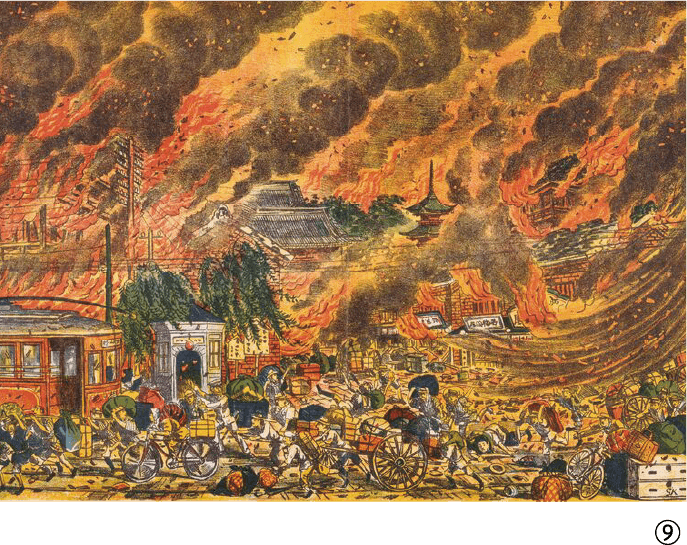
Chapter4: Postwar Reconstruction
The Pacific War, which began in 1941, escalated as it reached 1945. With the introduction of the strategic bomber B-29 by the U.S. military, aerial attacks on the Japanese mainland intensified, culminating in intense bombings on Tokyo, the "Imperial Capital." In just over 20 years after recovering from the Great Kanto Earthquake and transforming into a global metropolis, Tokyo found itself in a state of devastation once more. Here, we showcase the city’s strong recovery in the wake of severe devastation caused by the air raids.
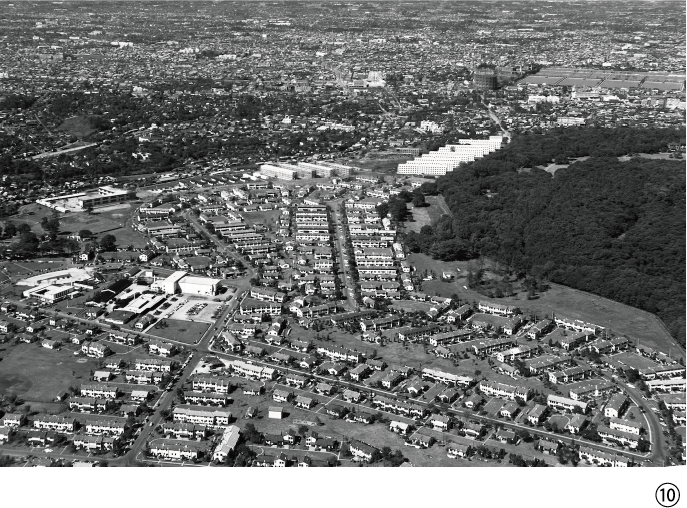
Chapter5: The 1964 Tokyo Olympic Games and Urban Restructuring
The Games of the 18th Olympiad, or 1964 Tokyo Olympics, was a momentous event held less than 20 years after the end of the war, with more than 5,000 athletes from 93 countries and regions participating. In this first-ever Olympic games hosted in Asia, Tokyo solidified its position as one of the world's leading cities. Here, we showcase Tokyo's substantial transformation leading up to the Olympics, including the construction of diverse sports venues across the city and the development of the Metropolitan Expressway, which become an indispensable part of the city’s transportation infrastructure as motorization kicked into high gear.
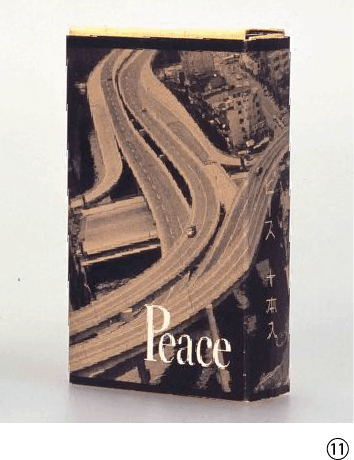





Photographs of Exhibits
① Famous Views of Edo: The Festive Seasonal Debut of Kabuki Actors in Saruwaka-cho, picture by Hiroshige Utagawa, 1818~1860 [Exhibition period: October 17 (Tue.) to November 12 (Sun.)]
② Looking up at the Imperial Palace from Babasaki Street, Tokyo, Taisho Period
③ Kiyosu Bridge, early Showa Period
④ Aerial Photographs Taken by the GHQ for the Investigation of Land Considered for Requisition: Ryōgoku, 1945
⑤ Illustrated Scroll showing the Reconstruction of Ginza (replica), picture by Yutaka Aso, mid-Showa Period
⑥ Postcard Showing a Photograph of a Highway, produced by MARUICHIDO, 1964
⑦ Picture Scroll of Fires in Edo, picture by Koshun Tashiro, 1814
⑧ The Tsukiji Hotel in Tokyo, picture by Yoshifuji Utagawa, 1870 [Exhibition period: November 14 (Tue.) to December 17 (Sun.)]
⑨ Dreadful Spread of Fire in the Asakusa Hirokōji and Nakamise Areas, 1923, Kitagawa Chikashi Collection [Exhibition period: September 16 (Sat.) to October 15 (Sun.)]
⑩ Aerial Photograph of Washington Heights, Photograph by Suiyo Sato, 1954
⑪ "Peace" Themed Packaging Illustration Sold in Commemoration of the Opening of the Capital Freeway, produced by Japan Tobacco and Salt Public Corporation, 1964
All from the collection of the Tokyo Metropolitan Edo-Tokyo Museum
© EDO-TOKYO OPEN AIR ARCHITECTURAL MUSEUM All rights reserved.
























